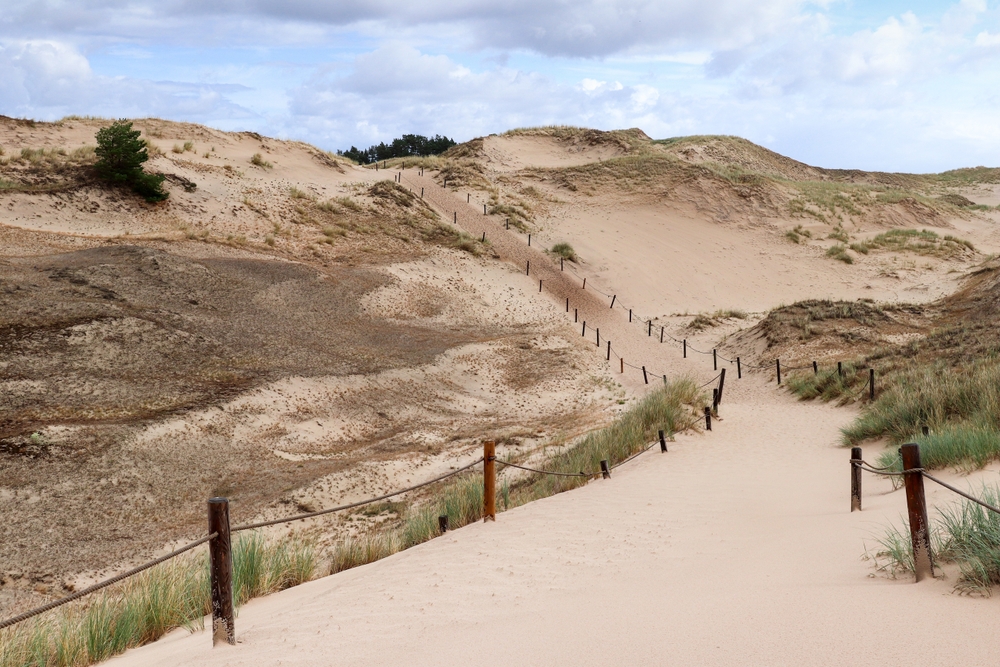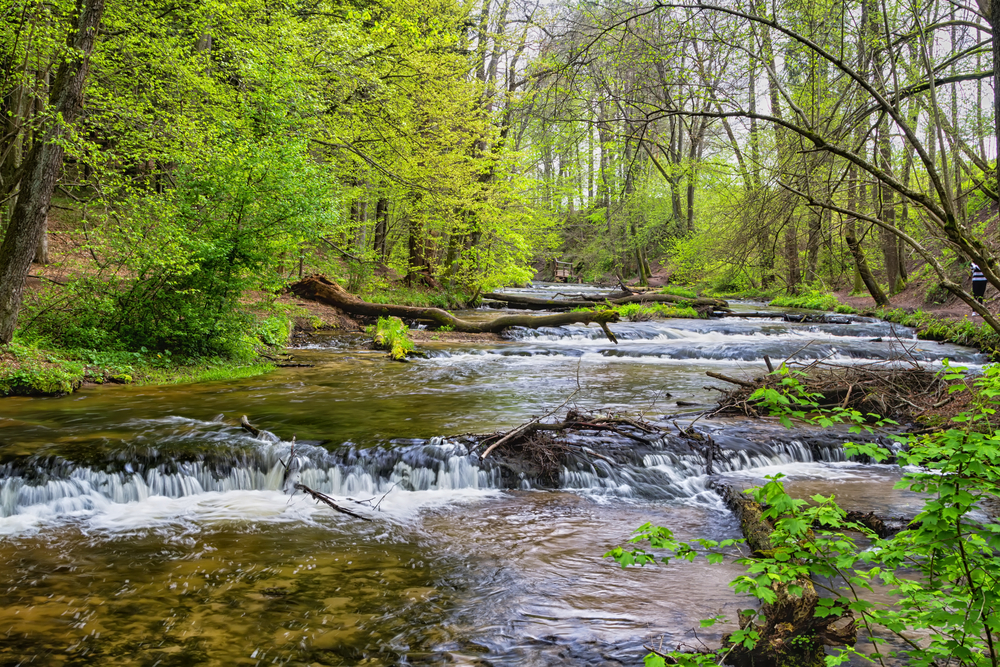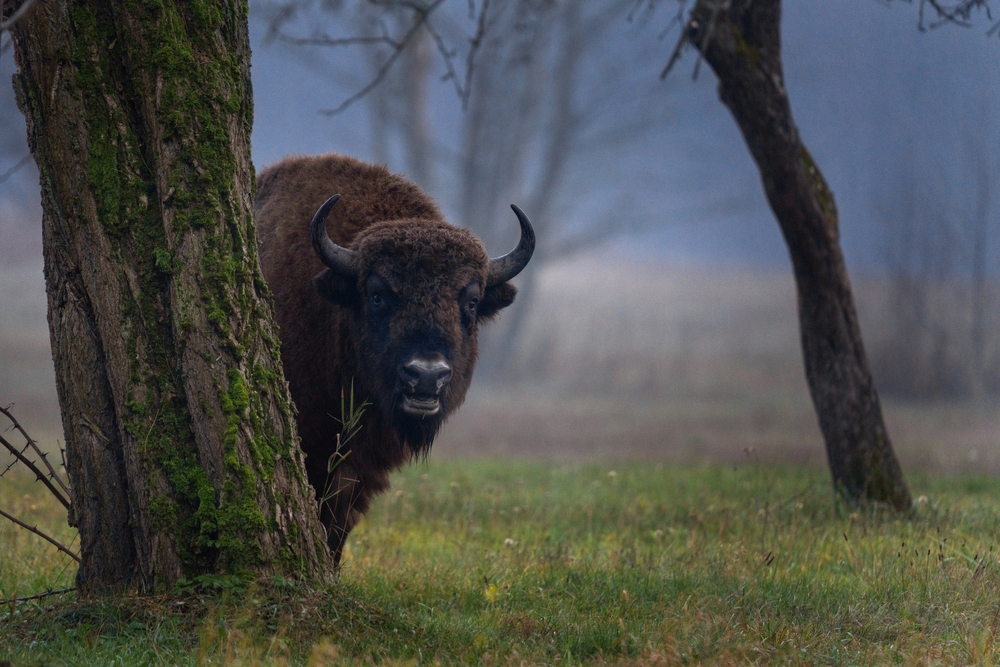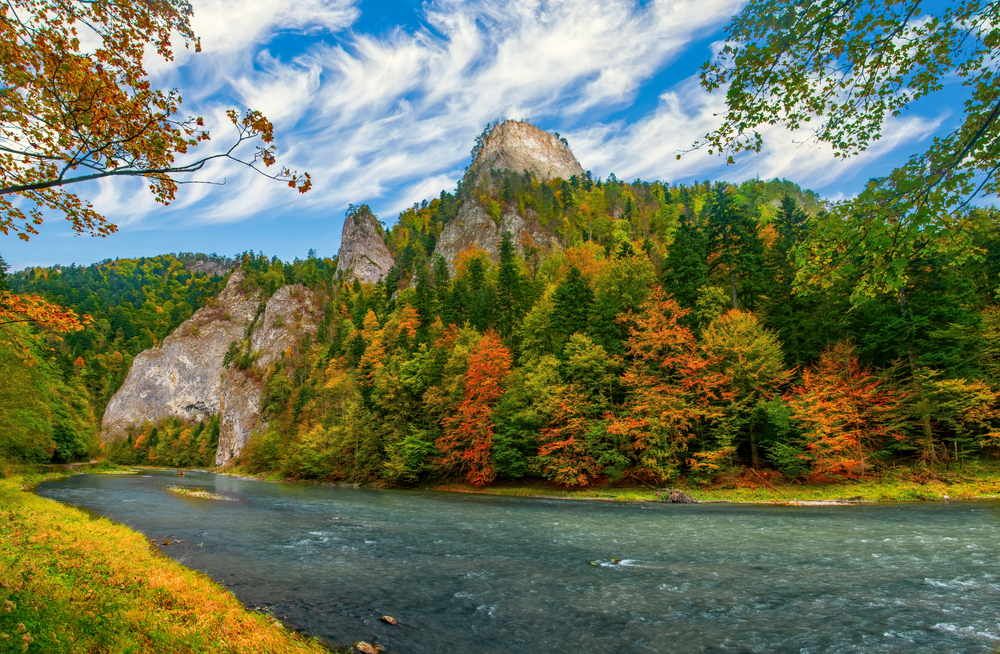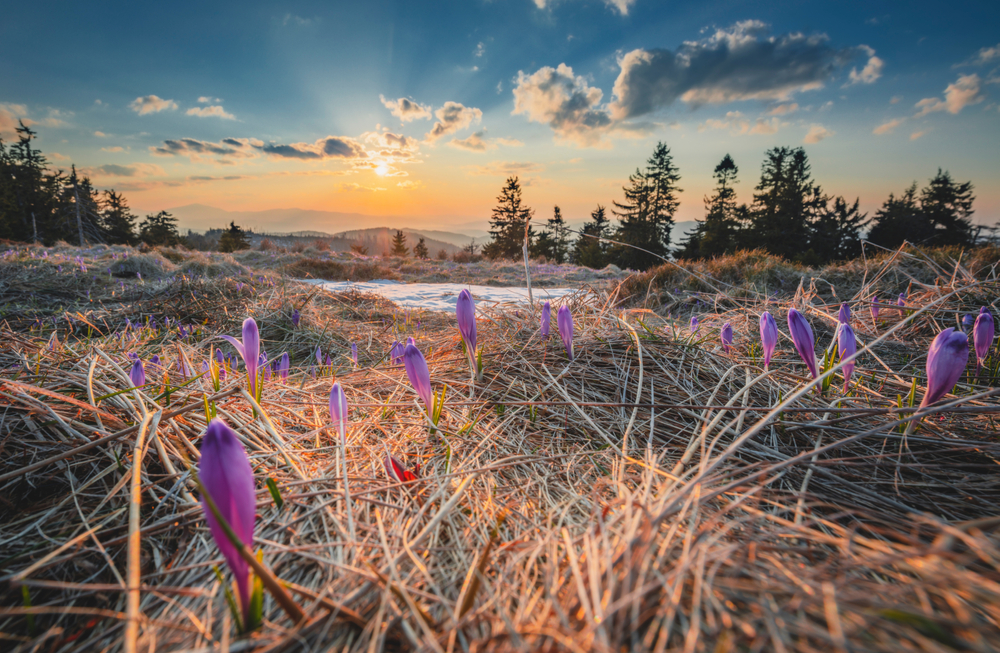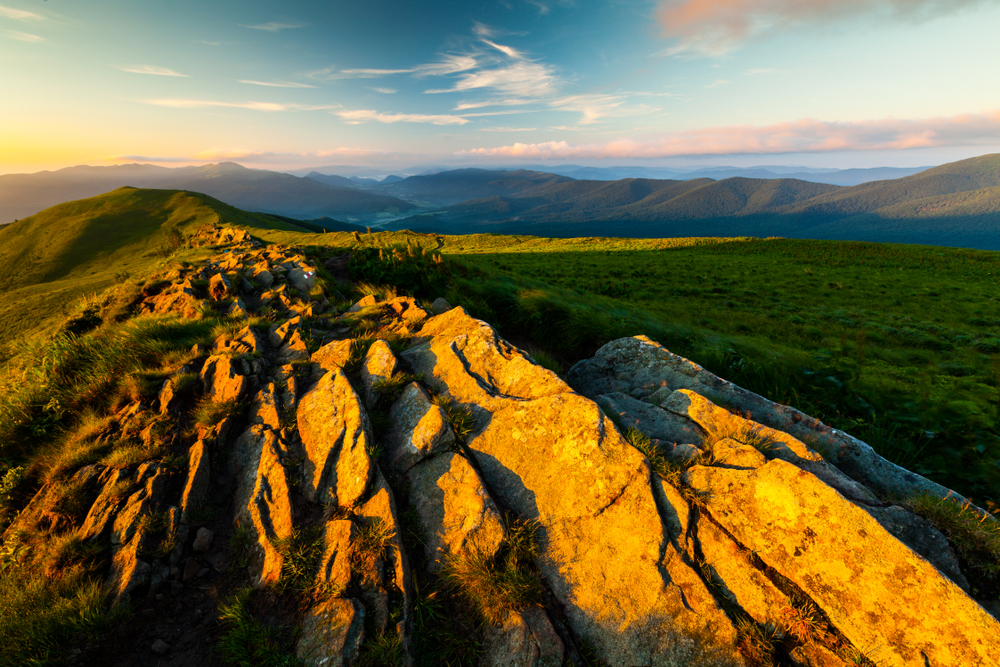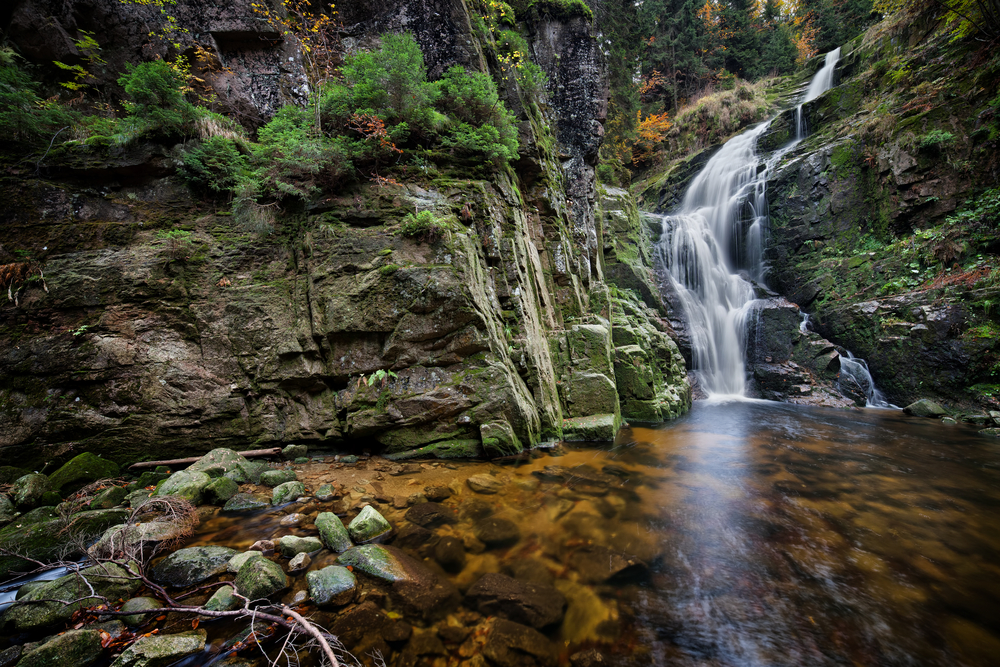Slovincian Overview
Słowiński National Park, known as Słowiński Park Narodowy in Polish, is located in northern Poland along the Baltic Sea coast.
Covering an area of approximately 121 square miles (approximately 327 square kilometers), the park is situated in the Pomeranian Voivodeship and is well known for its unique coastal landscapes, expansive shifting sand dunes, and diverse ecosystems.
Established in 1967, the park is a UNESCO-designated biosphere reserve, highlighting its ecological importance and conservation efforts.
The park’s landscape is defined by a dynamic mixture of sandy beaches, coastal dunes, lakes, peat bogs, and forests. One of the most striking features is the moving dunes, which can shift by up to 33 feet (10 meters) per year due to strong winds, creating an almost desert-like environment.
The highest of these dunes, Łącka Góra, reaches a height of about 138 feet (42 meters) and offers panoramic views of the Baltic coastline and the surrounding wilderness. The shifting sands continually reshape the landscape, covering forests and altering the environment over time.
The park is also home to several lakes, including Łebsko, Gardno, and Dołgie Wielkie, which contribute to its wetland habitat. Łebsko Lake, the third-largest lake in Poland, is particularly important for birdlife and serves as a breeding and resting area for various waterfowl species. Beyond the dunes and lakes, the park also features dense forests composed of pine, birch, and alder trees, providing habitat for many species of wildlife.
Słowiński National Park is a haven for birdwatchers and nature enthusiasts, as it shelters over 250 bird species. The park is an essential stopover for migratory birds traveling along the Baltic flyway, making it an ideal location to observe species such as white-tailed eagles, black storks, cranes, and various species of terns and gulls.
The lakes and wetlands provide nesting grounds for grebes, herons, and ducks, while the coastal areas are frequented by wading birds and raptors. Mammals are also present in the park, though they are more elusive. Visitors may encounter red deer, wild boar, foxes, and European badgers in the forested regions. Additionally, smaller mammals such as otters and beavers thrive in the wetland ecosystems, contributing to the park’s biodiversity.
Visitors to Słowiński National Park have numerous ways to explore and appreciate its diverse landscapes. Well-marked hiking and cycling trails weave through the dunes, forests, and lakes, offering opportunities for outdoor adventure. One of the most popular routes leads to the top of Łącka Góra, where travelers can witness the dramatic scenery of the shifting dunes.
Water-based activities such as kayaking and sailing are available on Łebsko Lake, while birdwatchers frequent designated observation points to catch a glimpse of rare species. The park also features a nature museum in the nearby town of Smołdzino, where visitors can learn about the region’s geological history, flora, and fauna.
Historical remnants of past settlements and World War II bunkers add an element of cultural intrigue to the landscape, making the park appealing to both history enthusiasts and nature lovers.
As a UNESCO Biosphere Reserve, Słowiński National Park faces conservation challenges related to climate change, human impact, and habitat preservation. The shifting dunes, while a natural phenomenon, require careful management to balance conservation with tourism. Authorities have implemented protective measures such as designated trails and restricted zones to prevent excessive human-induced erosion.
Pollution and water level fluctuations in the park’s lakes also pose concerns, but ongoing conservation efforts aim to protect the delicate ecosystems. Successful reforestation projects and wetland restoration have helped sustain biodiversity while maintaining the park’s natural beauty.
Through careful stewardship and environmental awareness initiatives, Słowiński National Park continues to thrive as one of Poland’s most remarkable natural treasures.








































































